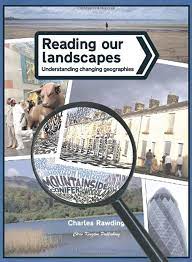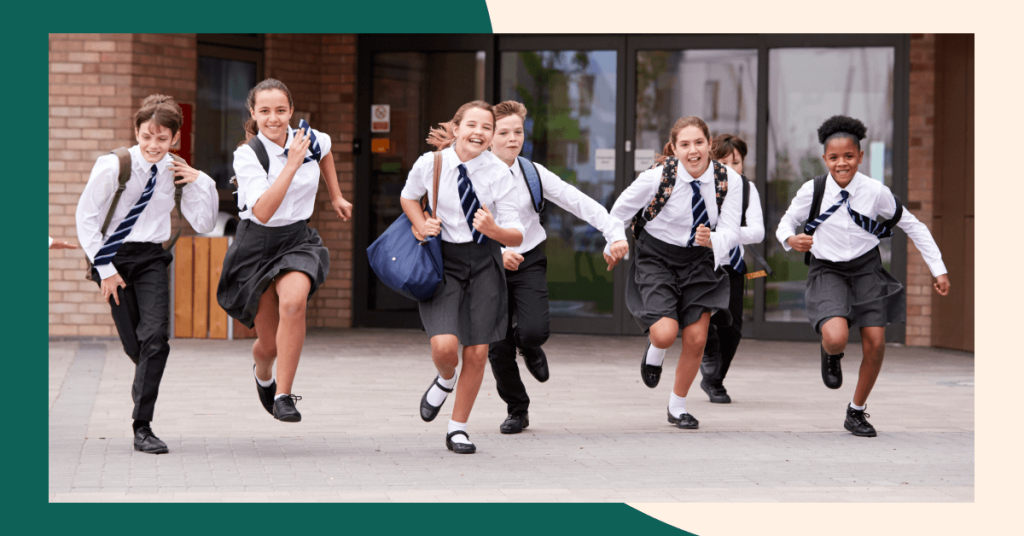Introduction
Museum schools have been gaining popularity in the field of education as alternative learning environments. These unique institutions offer students and educators alike a hands-on approach to learning and teaching. In this article, we will discuss what a museum school is and provide insights into what it’s like to teach at one.
What is a Museum School?
A museum school is an educational institution that partners with or is based within a museum, allowing students to engage directly with exhibits and artifacts as part of their learning experience. The aim is to create a rich, interactive learning environment beyond the traditional classroom setting. Museum schools can be found at various grade levels, from elementary to high school. Many of these schools also incorporate other learning techniques, such as project-based learning or integrative arts approaches.
Museum schools often focus on subjects related to the content of the partnering museum, which enables students to delve more deeply into specialized topics such as history, art, science, or technology. Moreover, museum schools emphasize experiential learning by giving students access to real-world resources, experts, and immersive experiences that enhance their understanding.
Teaching at a Museum School
Teaching at a museum school provides educators with opportunities for enrichment and professional growth while allowing them to foster students’ passion for discovery and knowledge. Teachers can expect to encounter some unique aspects when working in this non-traditional educational setting:
1. Collaboration: Teachers engage in active collaboration with museum staff members such as curators or experts in their field. This fosters interdisciplinary connections and opens up new teaching perspectives.
2. Innovative curriculum development: Educators have the opportunity to work with museum staff to design innovative curricula that leverage the vast resources available within the museum itself. This also includes incorporating field trips and hands-on experiences into lesson plans.
3. Student-centered learning: Teachers play a pivotal role in encouraging students to think critically and independently, using the museum as their primary tool for exploration. They facilitate discovery, helping students to make connections and apply their knowledge to real-world scenarios.
4. Smaller class sizes: Many museum schools have smaller student populations, which allows teachers to foster closer relationships with their students and invest in personalized learning experiences.
5. Professional development opportunities: Teachers at museum schools often have access to unique professional development opportunities. This can include attending special exhibits, trainings provided by museum professionals, or working with renowned experts in their respective fields.
Conclusion
Museum schools offer a unique learning environment that challenges traditional educational models by providing tangible experiences and fostering critical thinking skills. Teaching at a museum school grants educators the opportunity to collaborate with industry professionals, develop innovative curriculum, and empower students. Teachers who are passionate about experiential learning and eager to explore new avenues in education may find that a museum school is an inspiring and rewarding place to work.








